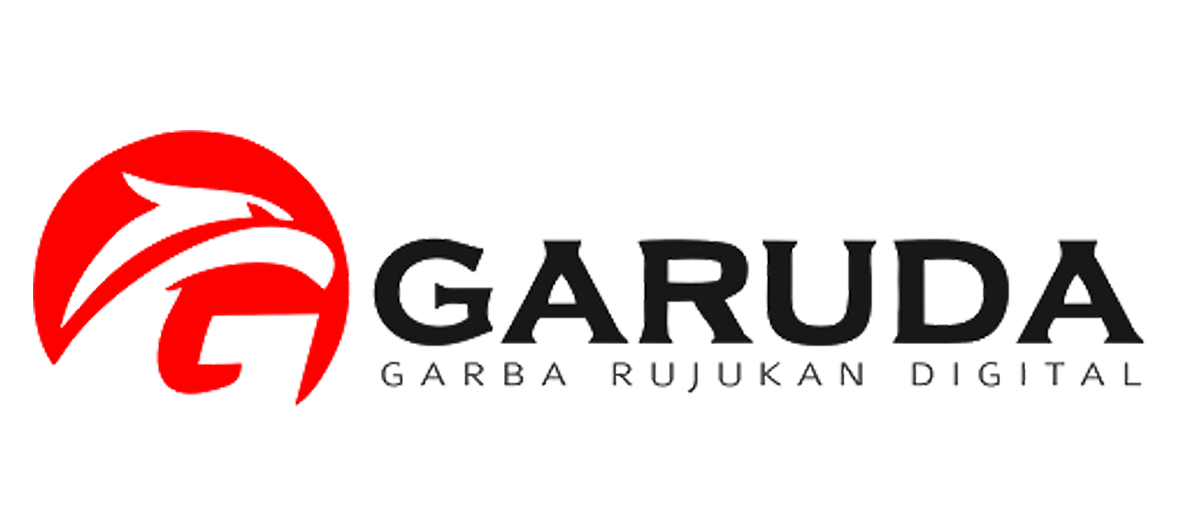Development of Animated Videos on Pasta Material as Learning Media for Class
Abstract
Full Text:
PDFReferences
Agustin, R. A., & Nawiyah, R. A. (2024). Development of Web-Based Wordwall Learning Media for Social Studies Subjects. Jurnal Pendidikan Sosial, 10(1), 25–34.
Aliyyah, R. R., Amini, A., Subasman, I., Herawati, E. S. B., & Febiantina, S. (2021). Upaya Meningkatkan Hasil Belajar IPA Melalui Penggunaan Media Video Pembelajaran. Jurnal Sosial Humaniora, 12(1), 54-72.
Ally, M., & Wark, N. (2020). Digital learning for vocational education and training. International Journal of Training Research, 18(2), 89–106. https://doi.org/10.1080/14480220.2020.1764477
Apriansyah, M. R. (2020). Pengembangan Media Pembelajaran Video Berbasis Animasi Mata Kuliah Ilmu Bahan Bangunan Di Program Studi Pendidikan Teknik Bangunan Fakultas Teknik Universitas Negeri Jakarta. Jurnal Pensil: Pendidikan Teknik Sipil, 9(1), 9-18.
Ghergulescu, I., & Muntean, C. H. (2021). Mobile-based adaptive learning: Personalized e-learning experience through interactive educational multimedia content. Education and Information Technologies, 26(1), 1087–1115. https://doi.org/10.1007/s10639-020-10272-8
Handaru, A. W. (2020). Cognitive development of adolescents and implications for learning strategies. Journal of Education and Learning, 14(1), 34–42. https://doi.org/10.11591/edulearn.v14i1.14590
Handaru, D. C. (2020). Analysis of Vocational High School Students Interest on Interactive Learning Multimedia of Product Creative and Entrepreneurship (PKK) Subjects Based on Android. International technology and education journal, 4(2). 43-51.
Kusuma, I. G. P. (2021). Self-paced learning and online educational media: An exploratory study on effectiveness and student satisfaction. Journal of E-Learning and Knowledge Society, 17(3), 29–38.
Kusuma, M. W., dkk. (2021). The Perceptions of Vocational School Students of Video Animation-Based Learning Media to Operate Lathes in Distance Learning. Journal of Education Technology, 5(2). 200-206
Lin, C.-H., Hsiao, H.-S., & Tseng, S.-S. (2021). Analyzing the effects of multimedia annotation modes on mobile learning performance and cognitive load. Educational Technology Research and Development, 69(4), 1859–1881. https://doi.org/10.1007/s11423-021-09999-0
Marini, A., Khairunisa, A., Yarmi, G., Safitri, D., Lestari, I., Suntari, Y., Siregar, R., & Yuliati, S. R. (2023). Animation Video Based on PowToon to Upgrade Student Learning Achievement. AIP Conference Proceedings, 2727(1), 020048. https://doi.org/10.1063/5.0141390
Marini, D., Giaconi, C., & D'Angelo, I. (2023). Enhancing procedural learning through multimedia in vocational education. International Journal of Educational Technology in Higher Education, 20(1), 1–16. https://doi.org/10.1186/s41239-023-00356-7
Martin, F., Polly, D., Jokiaho, A., & May, B. (2020). Examining faculty readiness to teach online: A performance evaluation framework. Online Learning, 24(3), 107–128. https://doi.org/10.24059/olj.v24i3.2307
Marx, C. L., & König, L. M. (2025). Comparing the Effectiveness of Animated Videos and Talking-Head Videos in Science Communication. British Journal of Health Psychology, 30(1), e12786. https://doi.org/10.1111/bjhp.12786
Novilanti, F. R. E., & Suripah, S. (2021). Alternatif Pembelajaran Geometri Berbantuan Software GeoGebra di Masa Pandemi Covid-19. Jurnal Cendekia: Jurnal Pendidikan Matematika, 5(1), 357–367.
Pérez-Mateo, M., Maina, M. F., & Guitert, M. (2022). Enhancing practice-based learning with multimedia and mobile technologies in vocational education. Australasian Journal of Educational Technology, 38(1), 1–18. https://doi.org/10.14742/ajet.6679
Pertiwi, A. D., Kartika, W. I., Istiqomah, N., & Hidayah, A. M. (2023). Analysis of Animated Video in Regional Language Ability in Early Childhood. Jurnal Obsesi: Jurnal Pendidikan Anak Usia Dini, 7(6), 7003–7018. https://doi.org/10.31004/obsesi.v7i6.5412:contentReference[oaicite:40]{index=40}
Rosanaya, S. L., & Fitrayati, D. (2021). Pengembangan Media Pembelajaran Berbasis Video Animasi pada Materi Jurnal Penyesuaian Perusahaan Jasa. Edukatif: Jurnal Ilmu Pendidikan, 3(5), 2258-2267.
Rosdiana, L., & Ulya, R. M. (2021). The Effectiveness of The Animation Video Learning Earth's Layer Media to Improve Students' Concept Understanding. Journal of Physics: Conference Series, 1899(1), 012172. https://doi.org/10.1088/1742-6596/1899/1/012172
Rosdiana, R., & Ulya, H. (2021). The use of animated videos to improve understanding in vocational learning. Journal of Education and Practice, 12(22), 50–57. https://doi.org/10.7176/JEP/12-22-07
Sanurdi, S., Syahril, S., Erizon, N., & Nabawi, R. A. (2020). Pengembangan Bahan Ajar Mata Diklat Bubut Menjadi Video Tutorial Untuk Pembelajaran Hybrid Learning Di Smk Negeri 1 Padang. Jurnal Vokasi Mekanika (VoMek), 2(4), 80-87.
Silva, W. F., & Fitri, S. W. (2023). Media Expert Validation in the Development of Learning Media: A Case Study. Jurnal Pendidikan Teknologi dan Kejuruan, 15(2), 112–120.
Sweller, J., Ayres, P., & Kalyuga, S. (2021). Cognitive load theory (2nd ed.). Springer. https://doi.org/10.1007/978-3-030-74896-0
Tetriyani, R., & Sari, R. P. (2024). Development of Interactive Learning Media Using Powtoon Application to Enhance Student Engagement. Jurnal Pendidikan Matematika, 8(1), 45–56.
Wardani, A. K., Ambarwati, N. S. S., & Sandi, E. (2025). Empowering Vocational Learning: Animated Video and Talking Stick Methods in Hand-Foot Care. Jurnal of Pedagogi: Jurnal Pendidikan, 2(1), 111-118. https://doi.org/10.62872/j1hydk82
Wardani, I. G. A. K., Dewi, I. K., & Adnyana, I. G. (2025). Interactive video-based learning to increase student engagement in vocational schools. Journal of Technical Education and Training, 17(1), 102–112.
Yang, L., & Qian, Y. (2023). Strategies to reduce cognitive load in digital learning environments: A systematic review. Educational Psychology Review, 35(1), 77–95. https://doi.org/10.1007/s10648-022-09648-x
Yunita, S., & Hanifah, U. (2020). Pengaruh Pembelajaran Daring terhadap Minat Belajar Siswa pada Masa COVID-19. Edukatif: Jurnal Ilmu Pendidikan, 2(3), 232-243. doi: https://doi.org/10.31004/edukatif.v2i3.142
DOI: https://doi.org/10.17509/mpgk.v17i1.83034
Refbacks
- There are currently no refbacks.
Copyright (c) 2025 Universitas Pendidikan Indonesia (UPI)

This work is licensed under a Creative Commons Attribution 4.0 International License.








